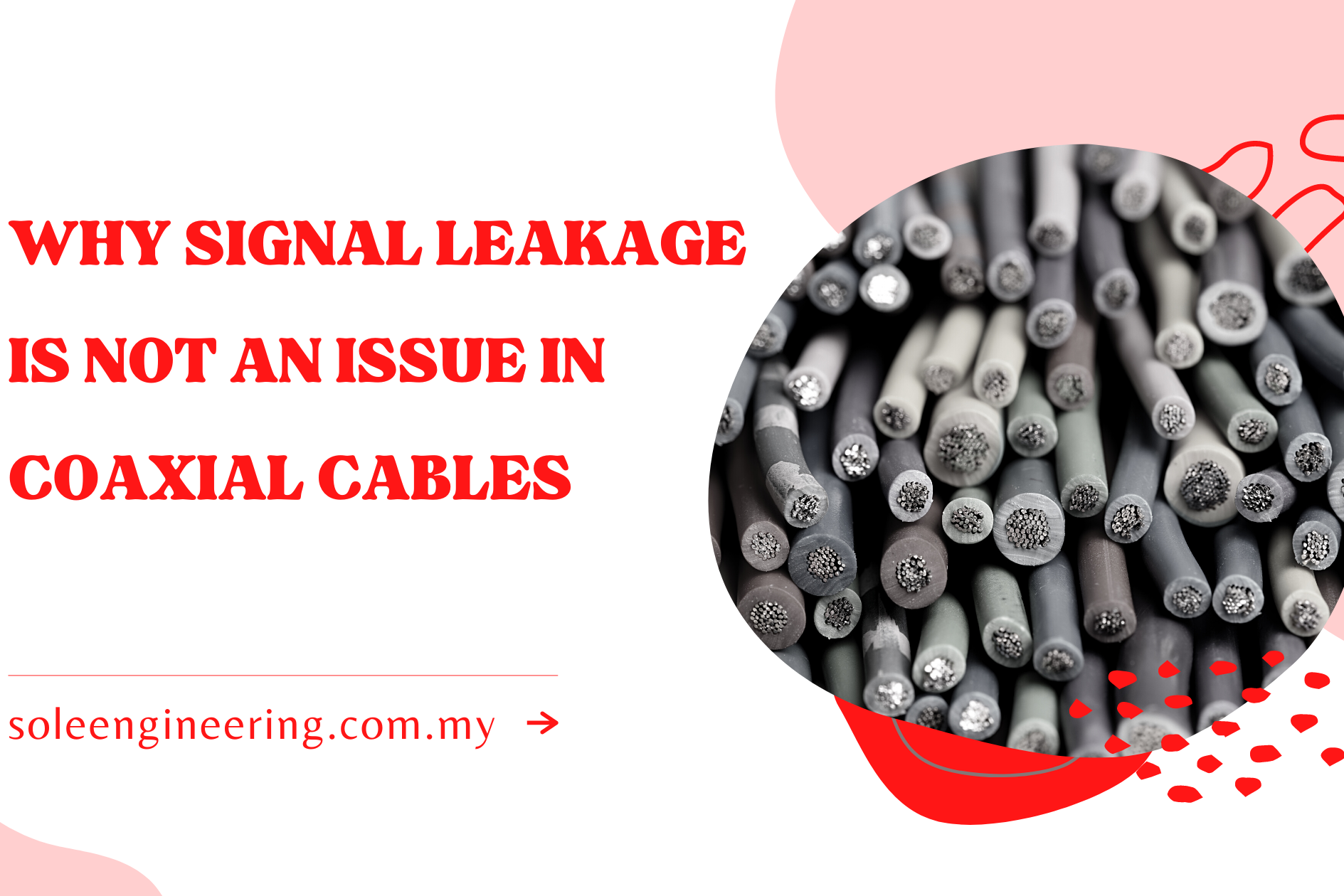Overview About Coaxial Cable
Given the long average distance between transmitters and receivers (around 50 miles), television signals require a high-performance cable to carry them. Coaxial cables are one of the most popular transmission lines for high-frequency RF signals, especially those in the VHF and UHF bands. This cable consists of an inner conductor surrounded by a tubular insulating layer, then wrapped with a tubular conducting shield.
Composition Of Coaxial Cable
Coaxial cables are used all over the world for their bandwidth and ruggedness. The first part of a coax cable is a copper conductor, which allows for fast data transfer. The copper is covered in an insulating layer that protects it from electrical shock and external damage.
The second part of the cable is the shielding, which keeps electromagnetic radiation out. It’s made out of metal or plastic and is separated from the center conductor by another insulating layer. This metal shield also provides protection against electrical and electromagnetic interference, so your signal doesn’t get degraded on its way to its destination
How Coaxial Cable Work
The first layer, known as the dielectric, acts as a buffer between the core conductor and the outer layers, as well as providing some insulation.
The coaxial cable works by transmitting data in the center conductor, while the shielding layers around it prevent signal loss (also known as attenuation loss) and help reduce EMI.
In this way. The following layers, known collectively as the shield, keep electrical impulses and radio transmissions out.
What Is Signal Leakage?
Signal leakage pointed towards the loss of radiofrequency signals from the cable system. Signal leakage occurs when they are not properly contained within the cable system. Radiofrequency, or RF, signals are used by cable television systems to provide television, telephone, and broadband Internet services to customers.
Why Does Signal Leakage Occur?
Signal leakage can occur due to a variety of different reasons but generally, it is because of shielding defects within the cable networks. Other causes of signal leakage include
- loose connectors
- damaged equipment or cables,
- cables that are unterminated (not connected to a device, panel, or wall outlet).
Does Coaxial Cable Is Free From Signal Leakage?
Signal leakage may occur in coaxial cables but this problem occurs less in coaxial cables as compared to other electric cables.
Is It Possible To Measure Rf Signal Leakage?
Leakage is sometimes measured with a resonant half-wave dipole antenna linked to a signal level meter or spectrum analyzer (often with a band-pass filter and preamplifier in between; more on this later). When using this technique, we must convert the reported value of the instrument in dBmV to field strength in V/m.
Final Note
Signal leakage is one of the most important concerns while selecting coaxial cables. Fortunately fully shielded coaxial cables rarely show any signal out leakage but not all types of coaxial cables are free from signal leakage. The most common cause of signal leakage is defects in shielding and lose connectors. Each cause requires a different solution to overcome the problem due to signal leakage such as low voice, less frequency, etc.







